A few days ago, I had an excellent opportunity to photograph one of the best astrophotography targets on the Fall/Autumn sky - the North America Nebula (NGC 7000). Thanks to great weather (no clouds, no wind, a pleasant temperature at night) and temporarily having access to a backyard 24h/day (I usually live in a flat), I was finally able to push my mobile widefield astrophotography rig to its limits (check out my previous post about Andromeda Galaxy, some pictures from it come from the same session).
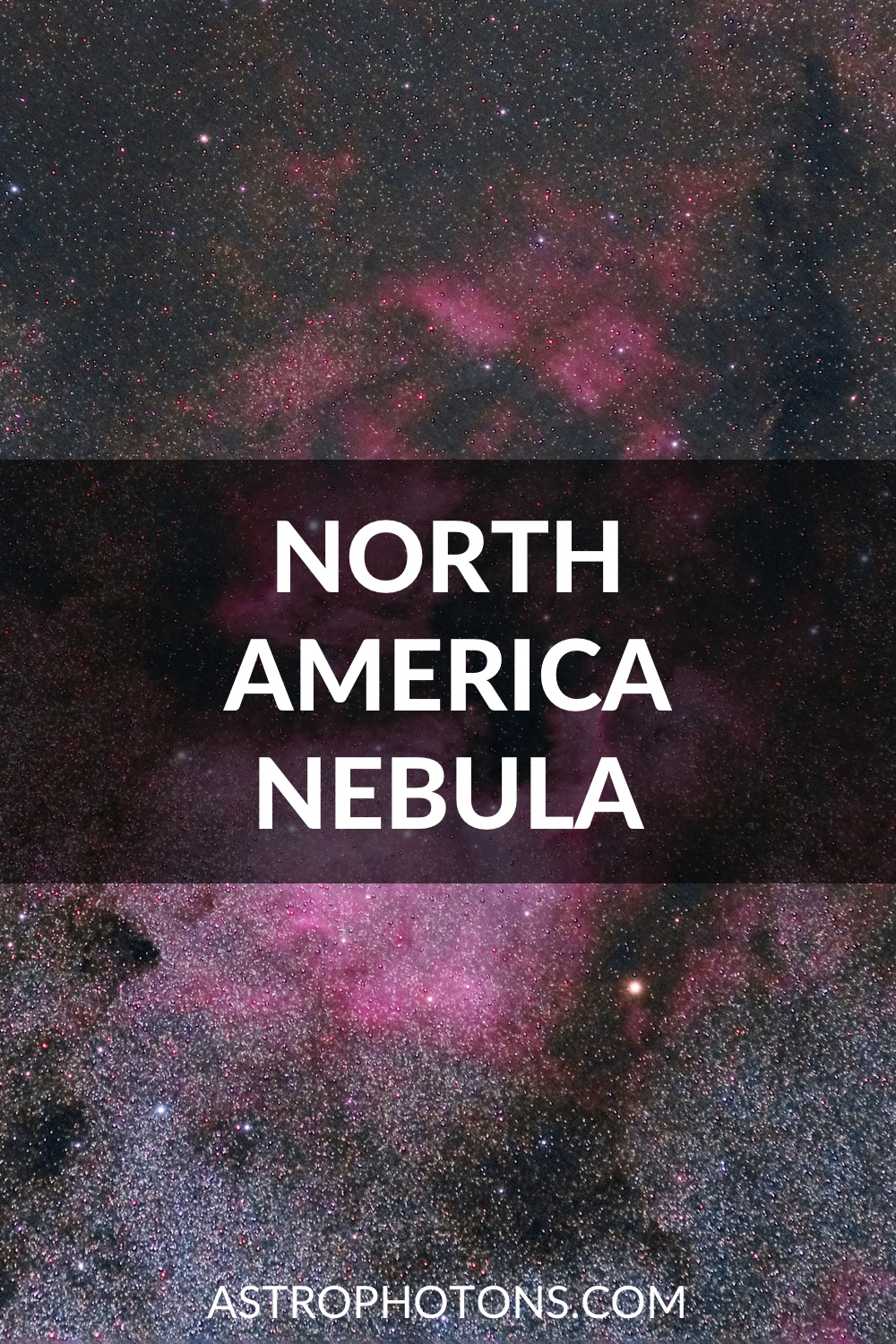
Jump to:
At the time of writing this, I'm after a few more astro sessions, and this one is the latest one in which I didn't take calibration frames (darks, flats, and bias). I have recently learned about them, and since then, I have done them every time. I plan to write more about them in the following posts (Veil or Eagle Nebula).
North America Nebula Facts
North America Nebula is an emission nebula in the constellation Cygnus, near Deneb star. Nebula's shape resembles the North American continent, and it's often called - incorrectly - as North American Nebula.
The nebula is one of the best targets for beginner astrophotographers. It's big, bright, and high in the sky (usually). Also, it is easy to locate thanks to the nearby bright star, Deneb. Moreover, you don't need a telescope to photograph it - the nebula is large and has many exciting astrophotography targets next to itself (Pelican Nebula, IC 5068, Deneb, NGC 6991). Hence, it's even better to photograph it widefield.
| Different names | NGC 7000, Caldwell 20 |
| Right ascension | 20h 59m 17.1s |
| Declination | +44° 31′ 44″ |
| Magnitude | 4 |
| Size | 120×100 arcmin |
How To Find North America Nebula on the Night Sky
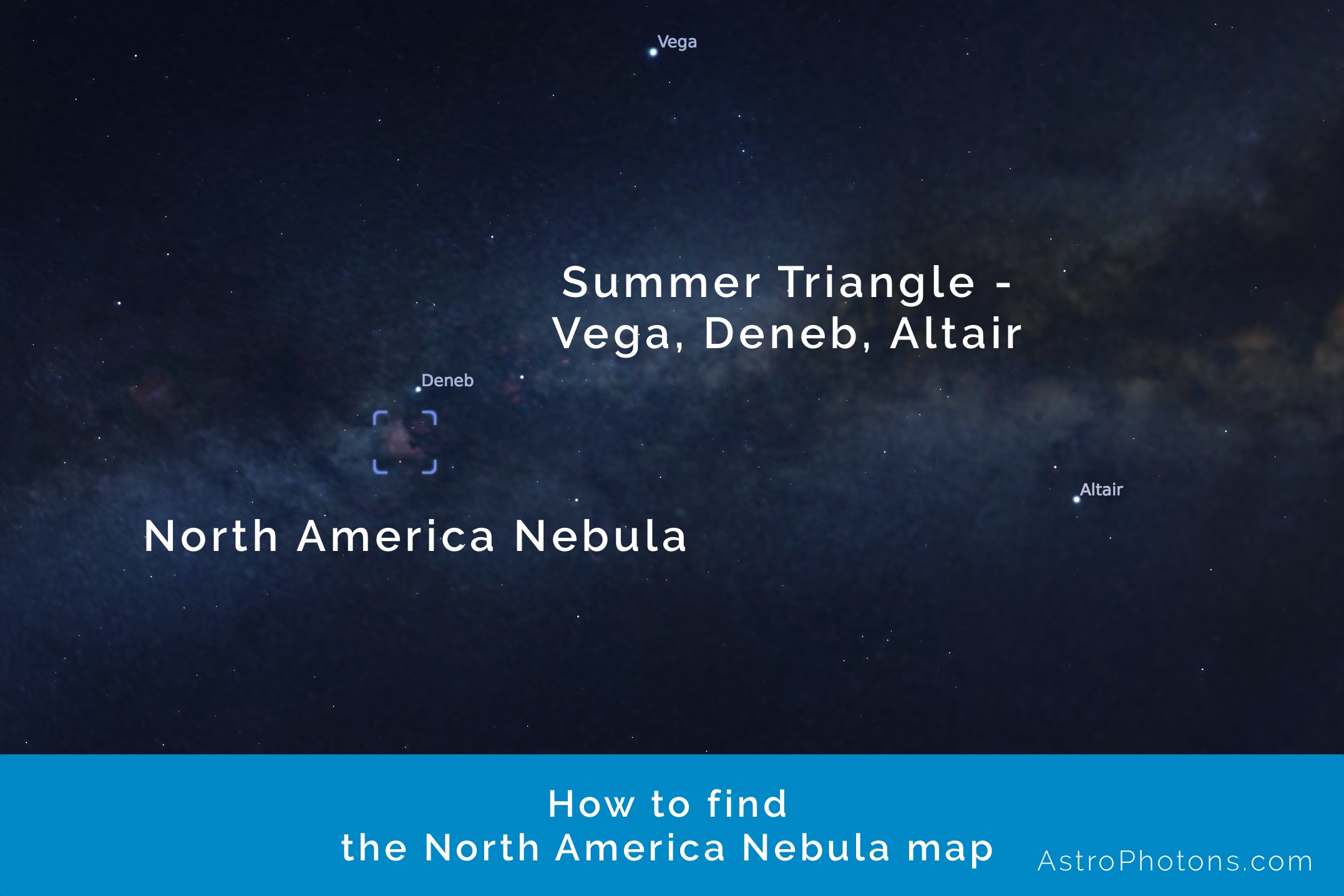
Thanks to its closeness to the bright star, the nebula is easy to find. First, locate the Summer Triangle asterism. Second, point your telephoto lens at Deneb and take a test shot. You will see nebulosity even on an unprocessed photo straight on the camera display preview.
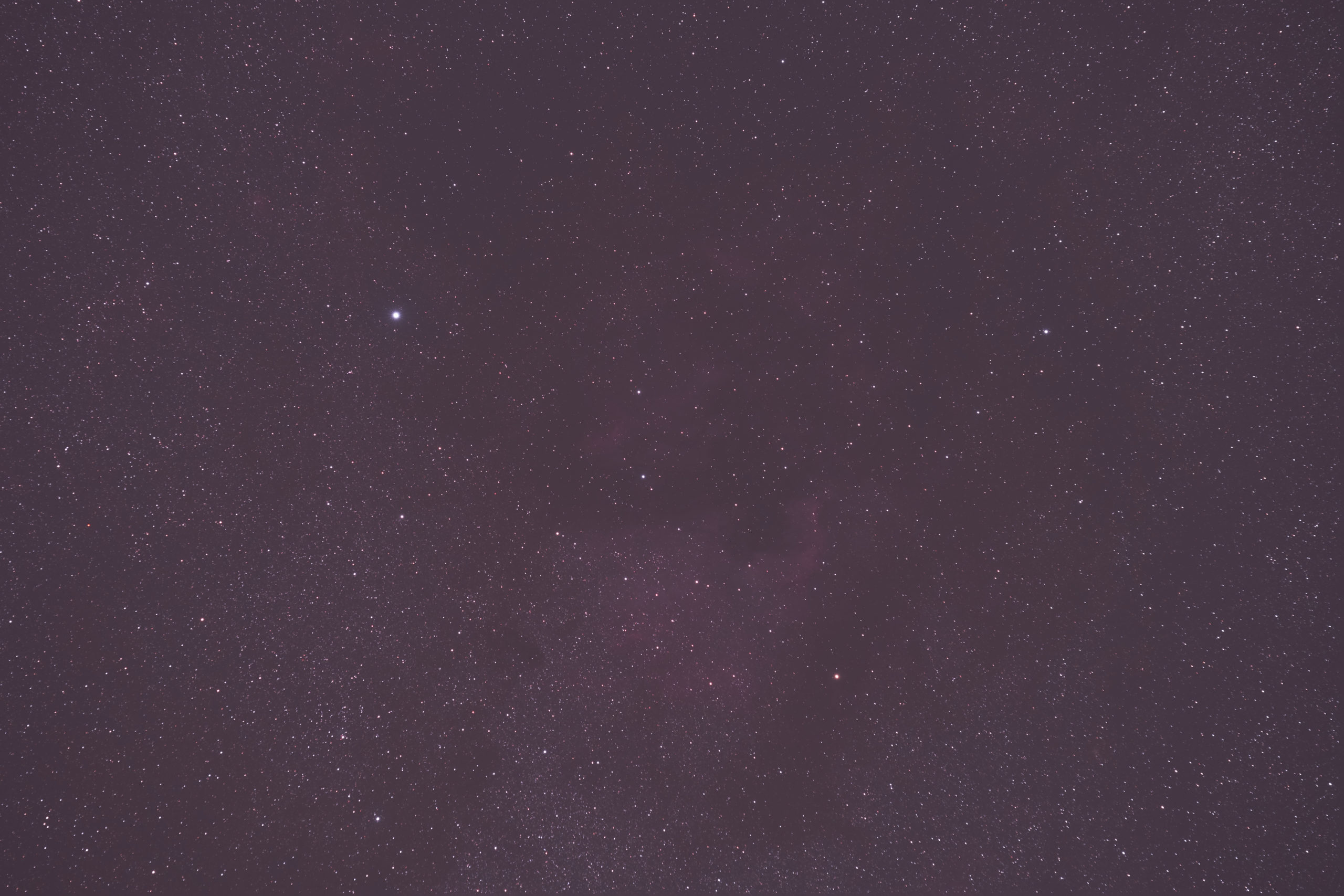
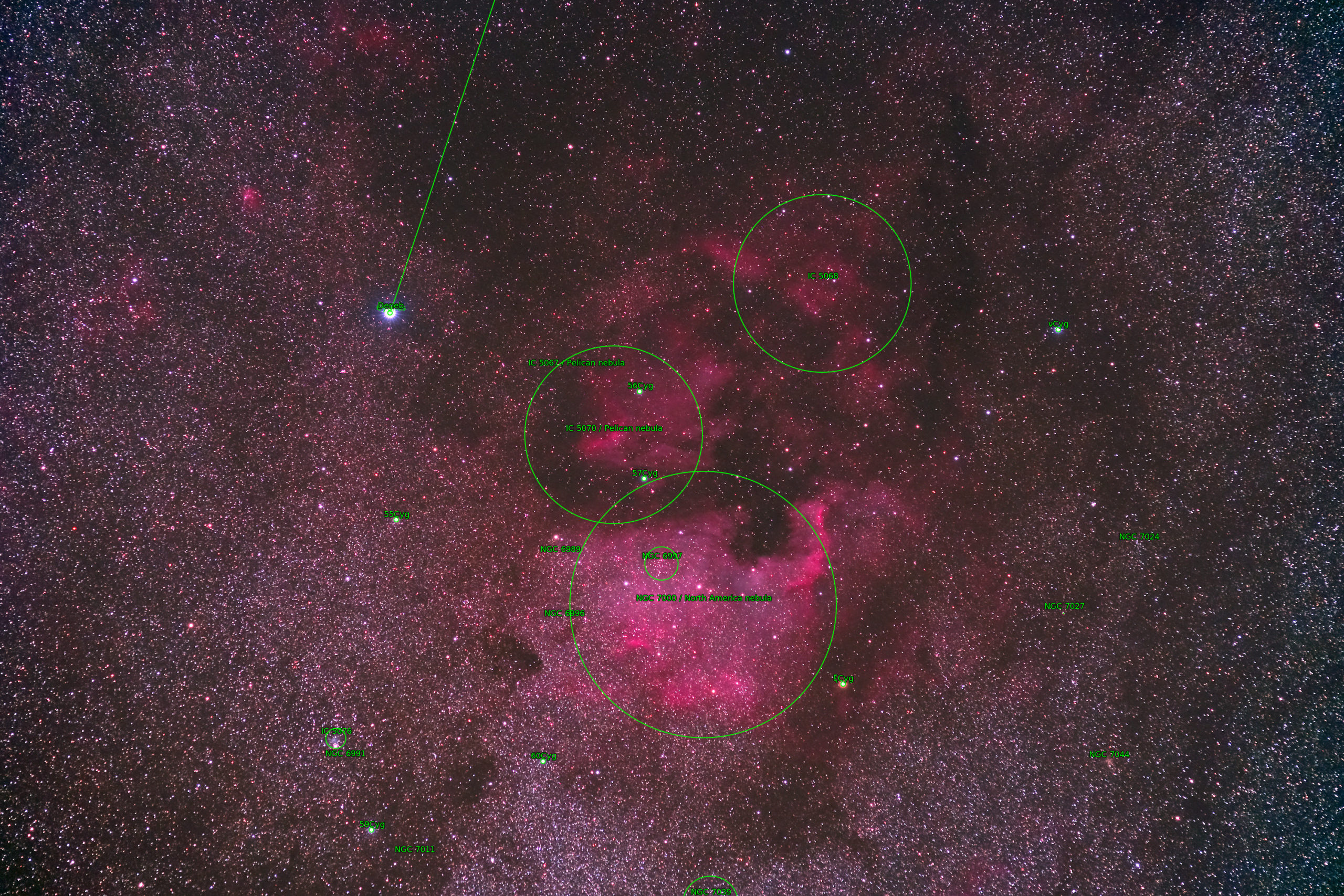
How To Photograph The North America Nebula With DSLR or mirrorless camera
Below is my final picture of the nebula for the 2018 season. You can also see the Pelican Nebula and the Deneb star.
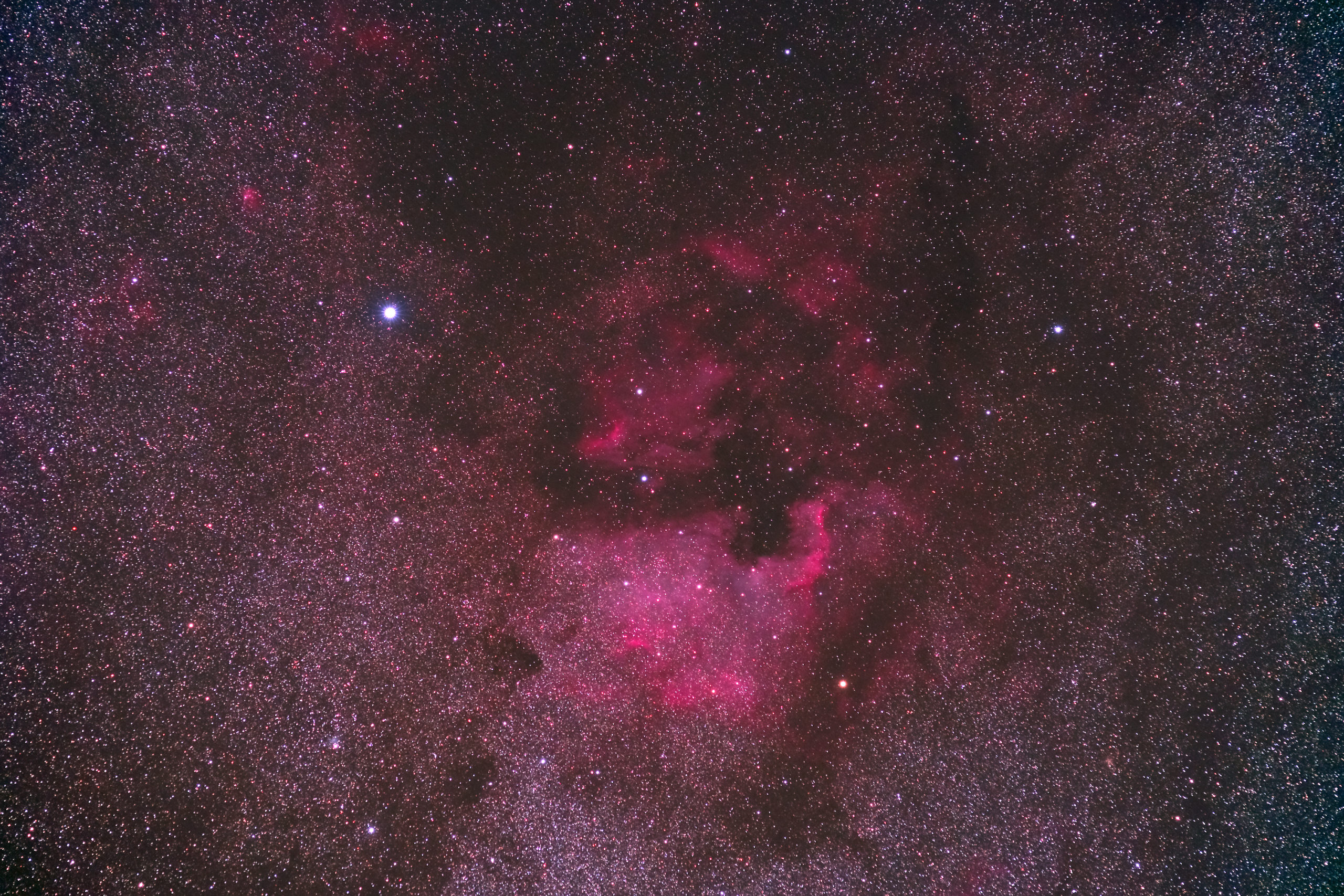
Camera settings
| Exposure time | 19 x 2 minutes (120 seconds) |
| ISO | 800 |
| Aperture | f/2.0 |
19 light frames (38 minutes total integration time) stacked in Starry Sky Stacker and further processed in Affinity Photo.
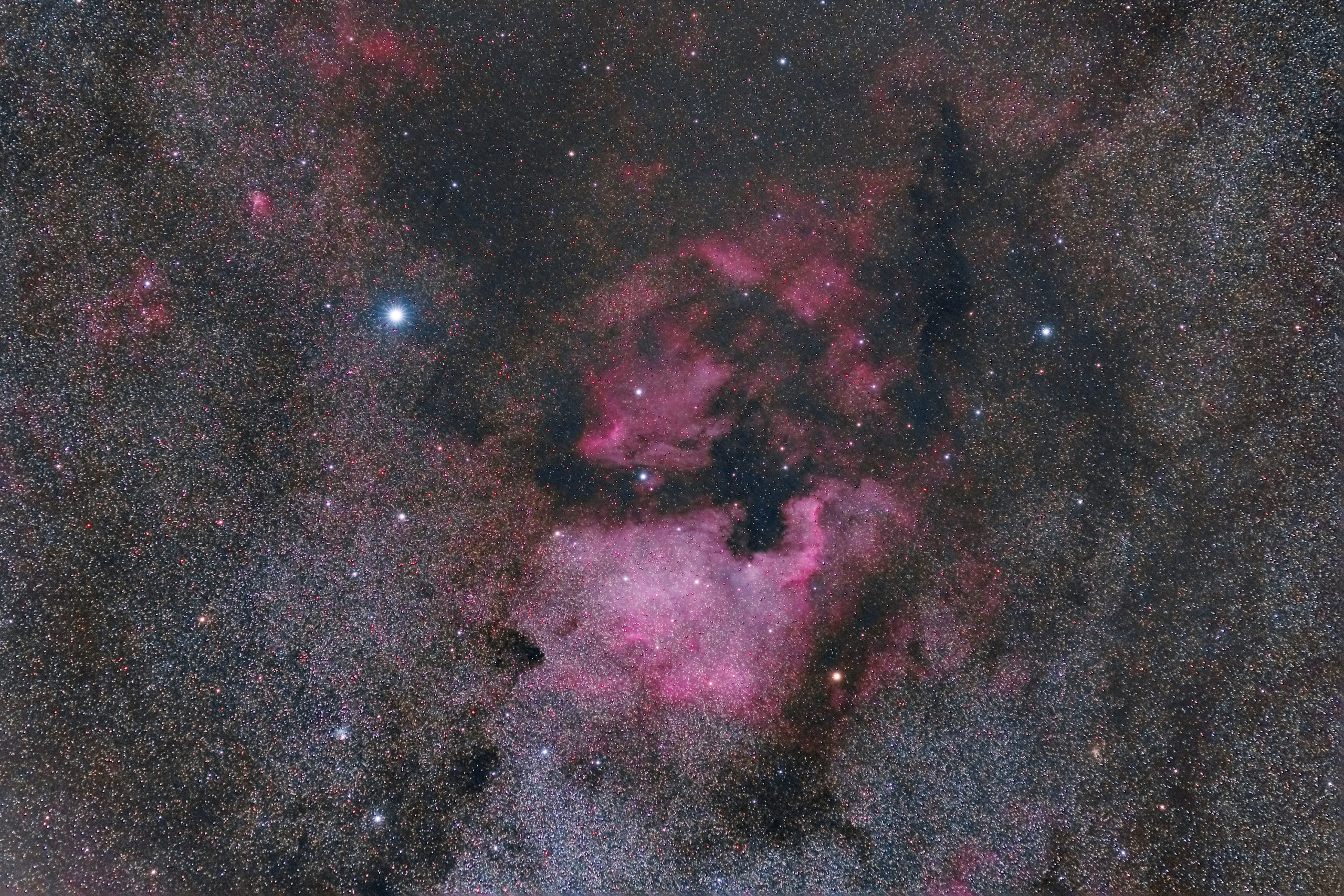
Astrophotography setup
I took this picture with my standard widefield astrophotography rig:
- Fornax Lightrack II equatorial mount
- Fuji X-T20 camera
- Rokinon/Samyang 135mm f/2.0 lens
- NiSi Natural Night light pollution filter
- Manfrotto 475B tripod
- Vanguard GH-30 Pistol Grip Ball
- Manfrotto 410 JUNIOR geared head
- Manfrotto 553 Angle Bracket
- Celestron PowerTank Lithium Power Pack (not yet mounted on the picture below)


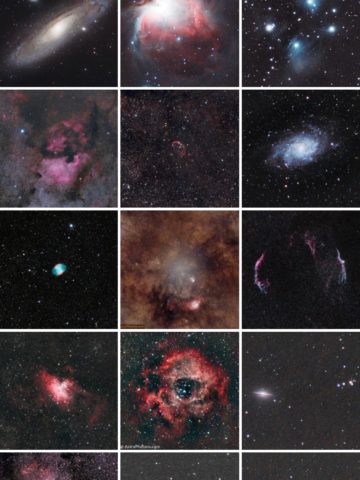
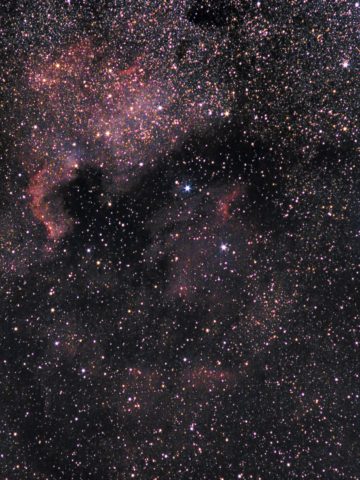
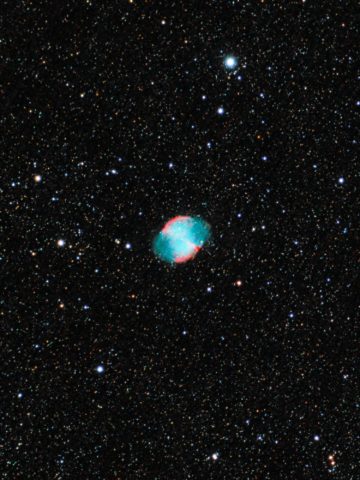
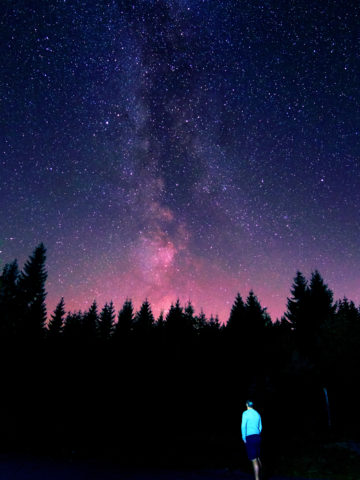
Comments
No Comments